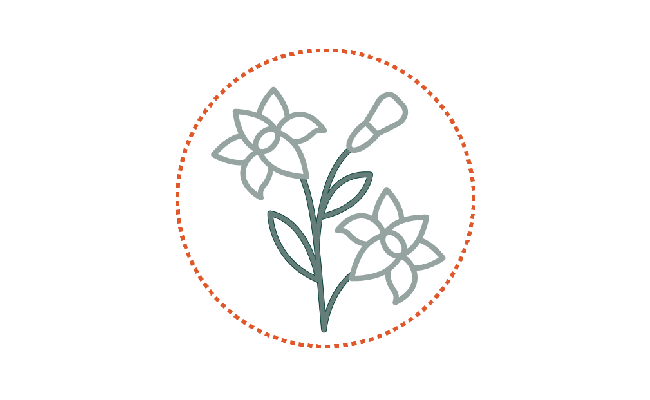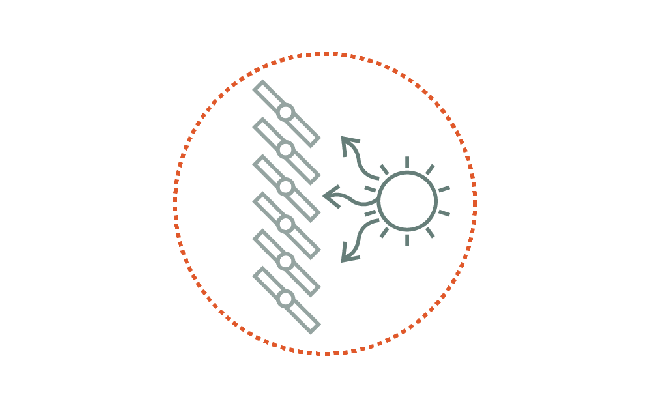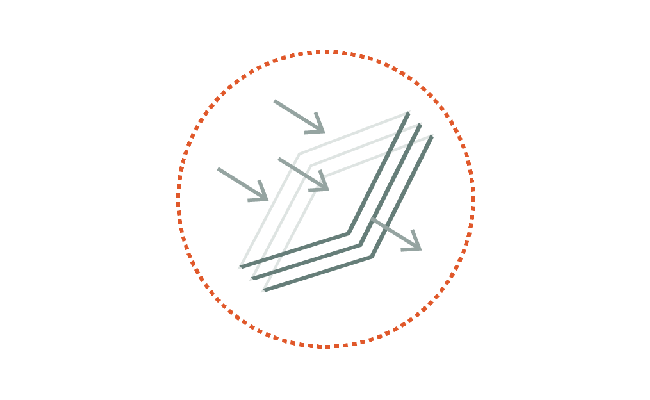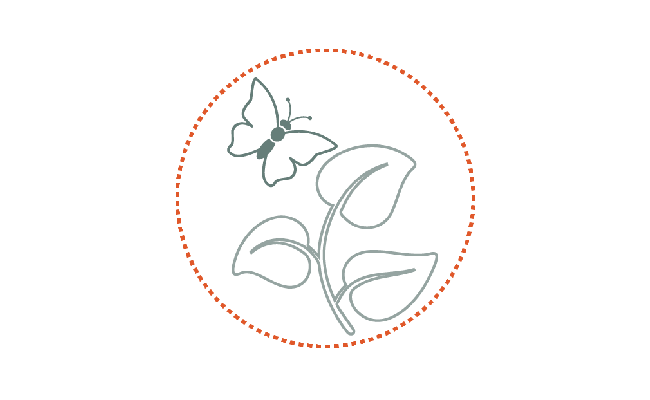
The joys of a Passivhaus
The term ‘Passivhaus’ refers to a low–energy construction standard developed in the 1990s by Dr Wolfgang Feist of the Passivhaus Institut in Germany. It is the fastest–growing energy performance standard in the world, with over 30,000 buildings already constructed in accordance with Passivhaus principles. Most of these have been built since 2000, with several projects completed in the UK. The Passivhaus design is energy–efficient, comfortable and affordable, and embodies a construction concept that can be applied by anyone, anywhere. Its core focus is to dramatically reduce the requirement for space heating and cooling, while also creating excellent indoor comfort levels.
This is primarily achieved by adopting a ‘fabric first’ approach to the design, by specifying high levels of insulation with exceptional levels of airtightness, and the use of whole–house mechanical ventilation. Passivhaus enables space heating and cooling–related energy savings of up to 90 per cent compared with typical building stock, and over 75 per cent compared with average new–builds. Passivhaus homes make efficient use of the sun, internal heat sources and heat recovery, rendering conventional heating systems unnecessary even in the coldest of winters. During warmer months, they make use of passive cooling techniques to keep comfortably cool. A ventilation system imperceptibly supplies constant fresh air, making for superior air quality without unpleasant draughts. A highly efficient heat recovery unit allows for the heat contained in the exhaust air to be re–used.

Siemens IQ appliances combine style with low energy requirements.

Independently tested to the highest standards - the Passivhaus standard.

System reduces smoke, dust and pollen so you breathe fresh, filtered air.

Lighting allows you to control areas of your home independently.

Dramatically reduces heat loss and lowers bills.

Private gardens provide a safe enclosed environment.

Reduce summer heat for a comfortable year round environment.

Reduce noise and ensure consistent temperatures throughout.

Promotes biodiversity and reduces the effects of climate change.